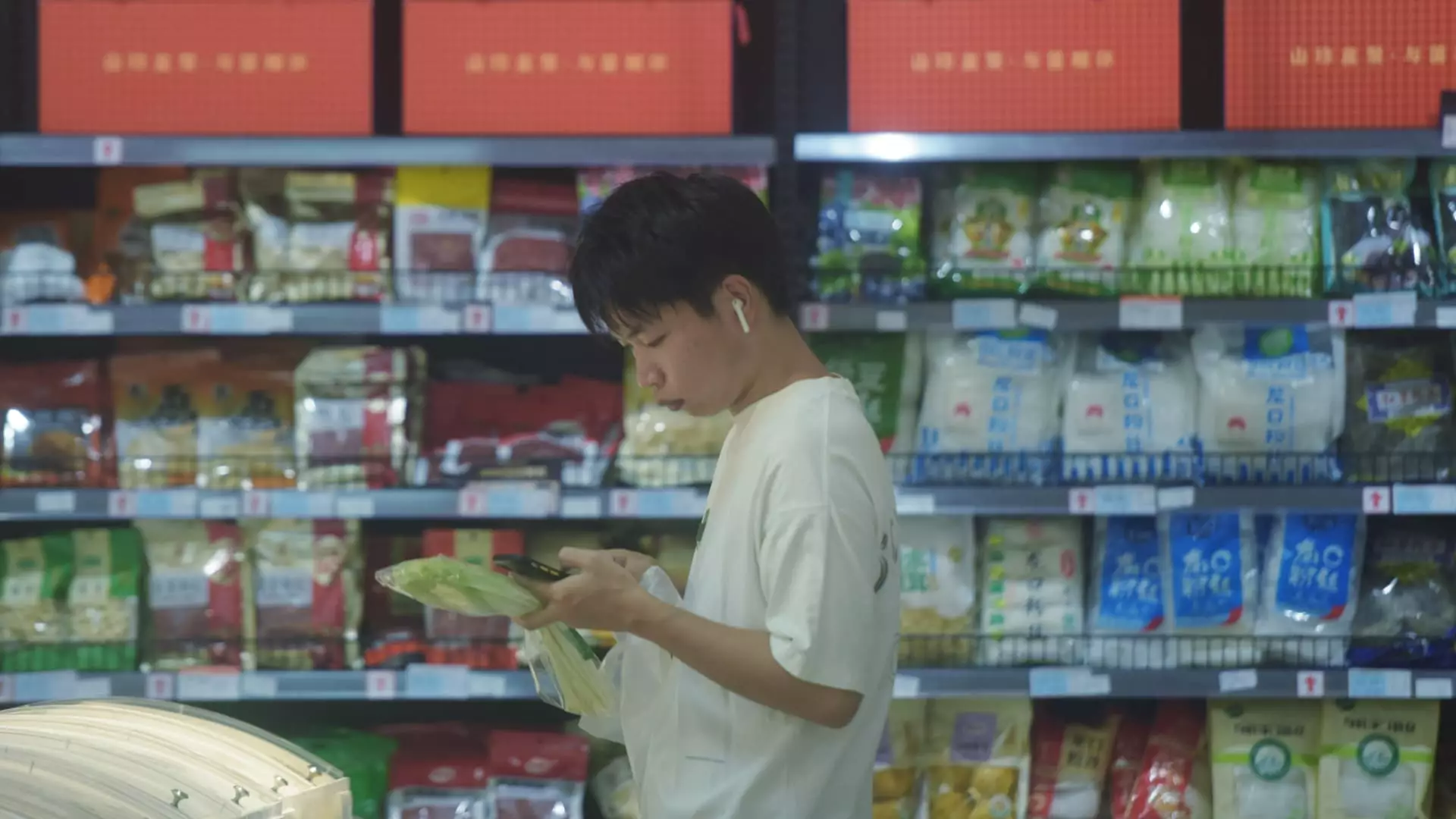The Chinese economy, once characterized by rapid growth and robust expansion, is now facing a series of challenges that have raised concerns among analysts and policymakers alike. Recent data from the National Bureau of Statistics indicates a palpable slowdown in core economic indicators for August, with retail sales, industrial production, and investment all growing at a rate that falls short of expectations. This article delves into the factors contributing to these outcomes and explores the broader implications for China’s economic health.
Retail sales in China experienced a modest increase of 2.1% in August compared to the previous year. This figure is below the anticipated 2.5% growth projected by economists, marking a decline from the 2.7% rise recorded in July. The sluggish performance in retail sales raises concerns regarding consumer confidence and spending power, suggesting that the recovery in consumption is far from robust. The disappointing figures signal a potential stagnation in domestic demand, which has become a crucial driver for revitalizing the economy post-pandemic.
Similarly, industrial production saw a growth rate of 4.5% in August, trailing behind the 4.8% projection made by analysts. This decline from July’s 5.1% illustrates the challenges faced by manufacturers and highlights potential operational constraints due to decreased demand both domestically and internationally. While export figures still show promise, the overall industrial output indicates that companies are grappling with both external and internal pressures that could hamper their growth trajectories.
Investment in fixed assets rose by 3.4% from January to August, slightly below the forecast of 3.5%. Within this broad category, infrastructure and manufacturing sectors reported a slowdown in growth, suggesting that confidence in long-term investments may be waning. Most strikingly, real estate investment witnessed a steep decline of 10.2% year-on-year, reflecting the ongoing strain in this sector. The sluggishness in fixed asset investment is a troubling sign, as it typically serves as an indicator of future economic performance and stability.
An uptick in the urban unemployment rate from 5.2% in July to 5.3% in August raises alarms about the labor market’s resilience. The National Bureau of Statistics attributed this rise partially to the graduation season, but it underscores a more profound issue: the difficulties in ensuring job creation amidst economic challenges. The youth unemployment rate in July was significantly higher at 17.1%, indicating that younger generations are particularly vulnerable to adverse economic conditions, thus necessitating targeted policies to address this pressing issue.
Despite the Chinese government’s capacity to implement fiscal stimuli, significant measures have yet to be announced, leaving domestic demand insufficiently addressed. The acknowledgment by the National Bureau of Statistics of the increasing adverse effects stemming from external economic conditions underscores the precarious position in which the nation finds itself. Challenges loom large, casting doubt on the prospects for a sustained economic recovery as China prepares for upcoming public holidays and a potential shift in consumer behavior during these times.
As the Chinese economy continues to navigate these complexities, the roadmap ahead demands careful consideration and timely intervention to foster growth and stability in a rapidly changing global environment.

